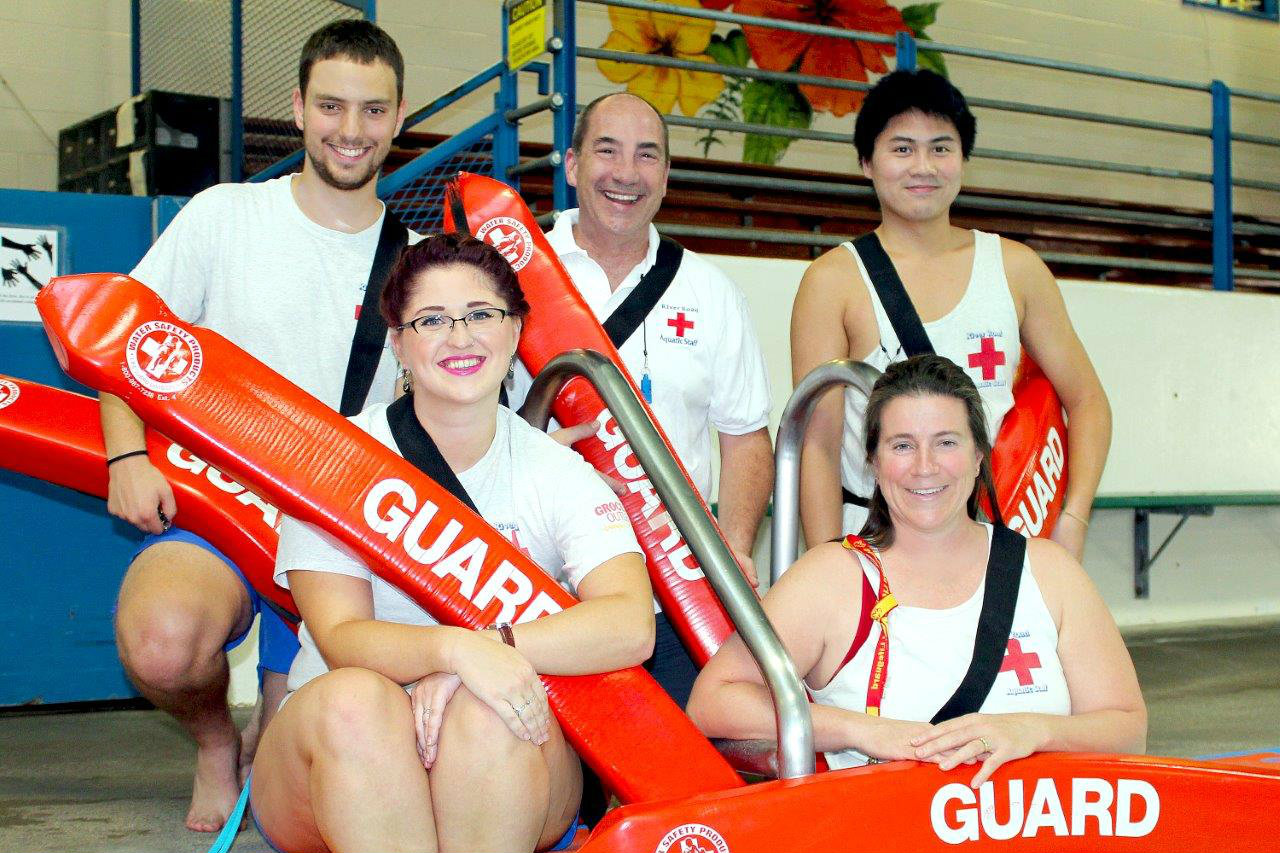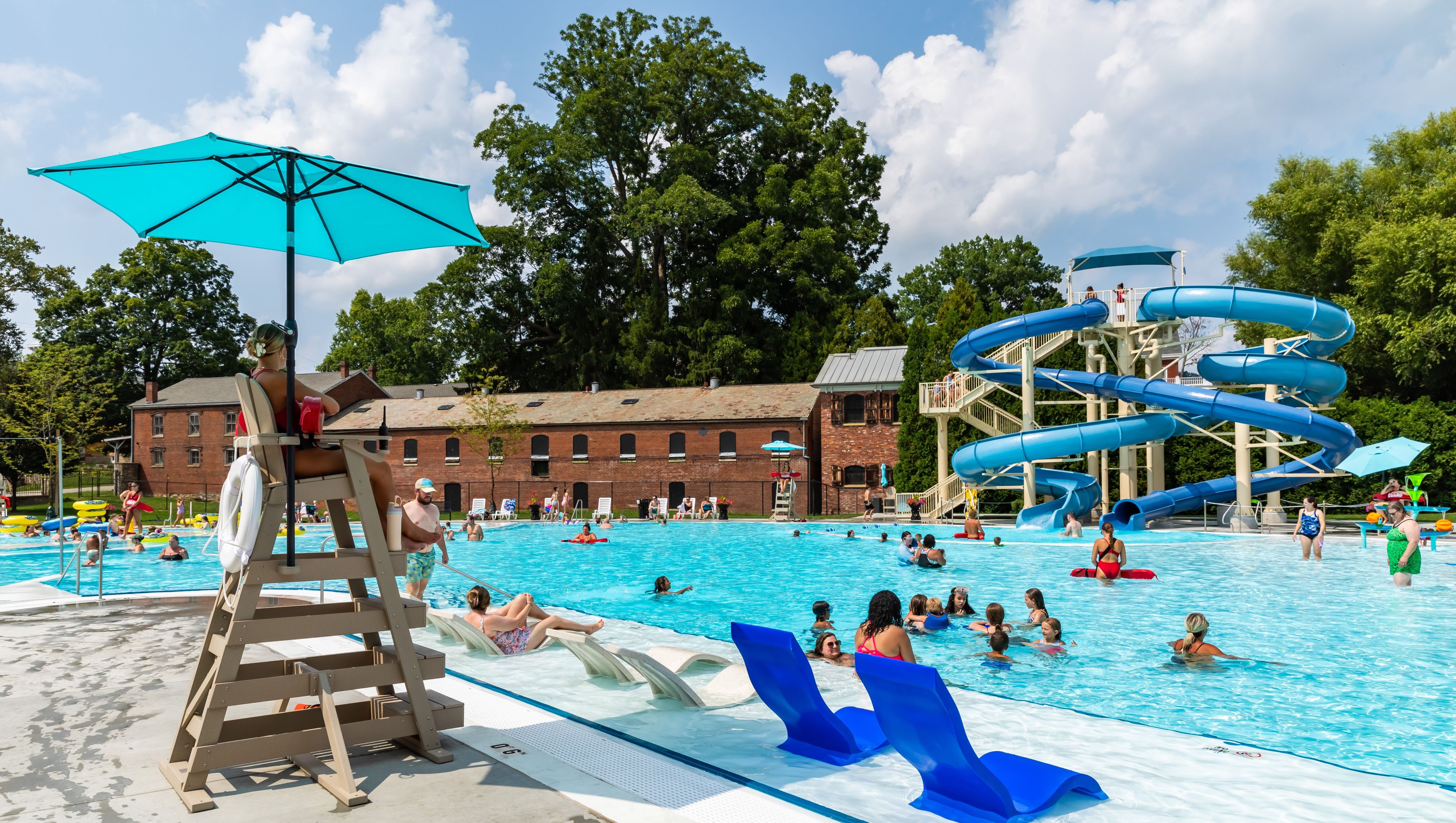Category: Training
River Road Park and Recreation District
Eugene, Ore.
Year Awarded: 2015
The mission
In 2015, management at River Road Park and Recreation District wanted its whole staff to be prepared to save lives at its facility. So the team developed a program whereby building supervisors, receptionists and other support staff are trained to lend emergency assistance.
Brilliance at work
Jeff Fryer, then serving as aquatic director, developed an emergency action plan and training to help prepare the full staff for worst-case scenarios.
As part of its annual pre-summer training, the entire aquatics and fitness-center staff participated in a series of realistic scenarios. Everyone on staff participated, including receptionists, learn-to-swim instructors and janitorial staff, among others. Each was given a defined role for the enacted emergencies.
An especially revolutionary part of the EAP came as a response to the increase in active shooter incidents befalling the country. The active-shooter EAP instructed the staff where they and their patrons should take cover, based on their location when the attack occurs. These safe spaces included lockable, windowless areas such as the spa mechanical room, storage closets, family change room, the staff change rooms, shower tank room and massage room. The goal was to guide swimmers and gym patrons into these locations in less than one minute.
At the time, Fryer went so far as to have a staffer apply a lifelike gunshot wound to the employee playing the victim.
Special highlights
Trainers emphasized realism in these exercises, with the help of a staffer who just happened to be an expert in the art of moulage, or mock injuries. Gashes, abrasions and even gunshot wounds were applied to those playing the victims. Sometimes cream of chicken soup was used to simulate vomit. “I would rather have my staff experience something as real as possible in a training session first, as opposed to experiencing it for real the first time,” Fryer said upon receiving the Best of Aquatics honor in 2015.
The training included how to work around bathing suits while another team member provides care. For some scenarios, male lifeguards would wear women’s bathing suits, allowing rescuers to learn how to snip straps and cut down the side of the suit without obstructing the person administering compressions. This way, they got the hands-on experience without compromising anyone’s modesty.
The latest
The training proved invaluable almost immediately when two traumatic events happened at the facility.
First, a woman collapsed on the deck. The lifeguard couldn’t find a pulse and initiated CPR. While this was occurring, a custodial engineer realized the severity of the situation and immediately retrieved a Rapid Response Bag, while another staff member raced an AED to the scene. The woman could not be saved, but the staff knew what to do and worked together with clockwork precision.
Shortly afterward, an active shooter did enter the 9-acre park that includes a community center with an indoor pool. When a man ran into the aquatic center yelling that his friend had been shot outside, the team knew what to do and went into action.
Part of the staff cleared the pool and moved all visitors to a hallway free of doors and windows, knowing they had quick access to more secure rooms if they needed to move. Two lifeguards and a supervisor went outside to help the gunshot victims. One of the young men survived, but the other did not.
Pre-summer training continues for staff to this day without the enactments. The active-shooter training remains a part of the EAP, with staff told what to do in case an active shooter enters, talking through scenarios, and learning safe locations to hide out and guide visitors.
“The aquatics staff are the only ones who are trained beyond standard first-aid and CPR,” says current Aquatics Director Renee Duncan. “If there’s any type of major incident out in the park area, the lifeguards are notified for first aid and CPR response.”



